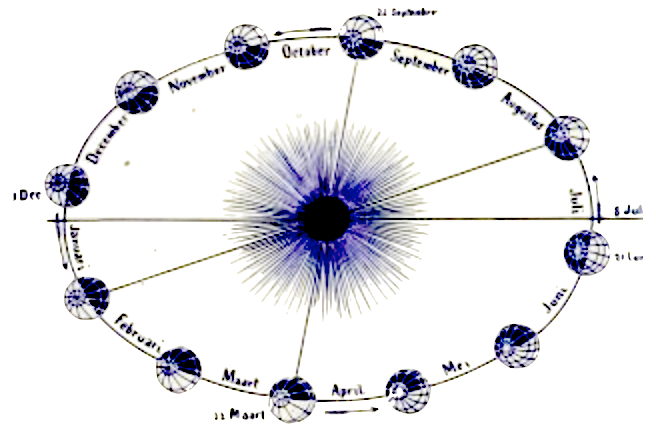84 Joy: the profit of losing the images
LG84
Jesus said:
When you see your reflection,
do you take delight in that.
But if you see your original face
that existed before you were there,
and that neither dies nor arises,
how much joy will you experience!
This is a further elaboration of logion 83. There it was about the loss of images. Here it is about the profit that that can yield.
Anyone who believes in images, as described in the previous logion, places the core of his own existence outside himself, namely in those apparently independent images.
Whoever realizes what those images refer to as a sign, will discover that “the light of the father” from the previous logion is present in himself, that all those images are an image of your own core of beings, here called your original face.
Yes, there is something in the person that is independent of time. In the prologue to the Thomas gospel, we called it the Christ nature.
The benefit of losing the images is the joy of discovering the timeless Christ nature as truly existing in yourself.
The Gospel of Philippis says it this way:
The Lord said: “Fortunately the one who already existed before he became. Because he who exists has become and will be. “(57)
No one can see anything of the fixed things without becoming the same as those things. It is not like the man in the world who sees the sun without being the sun and who sees the sky and the earth and everything else without being those things. The truth is different: you saw something of that place and you became like them; you saw the Spirit and you became the Spirit; you saw Christ and you became Christ; you saw the Father and you will become a father. That is why you see everything here and not yourself, but there you see yourself. And what you see, you will become. (44)
Just like the Gnostics from Paul, he is extremely scrupulous about the externalities of religions – ceremonies, holy days, rules and regulations. Like the Gnostics, he says that true Christians become like Christ; “It is given to them to behold the glory of the Lord with an unconcealed face and to be recreated into ever more glorious likeness to him.” (Freke & Gandy p. 206)
